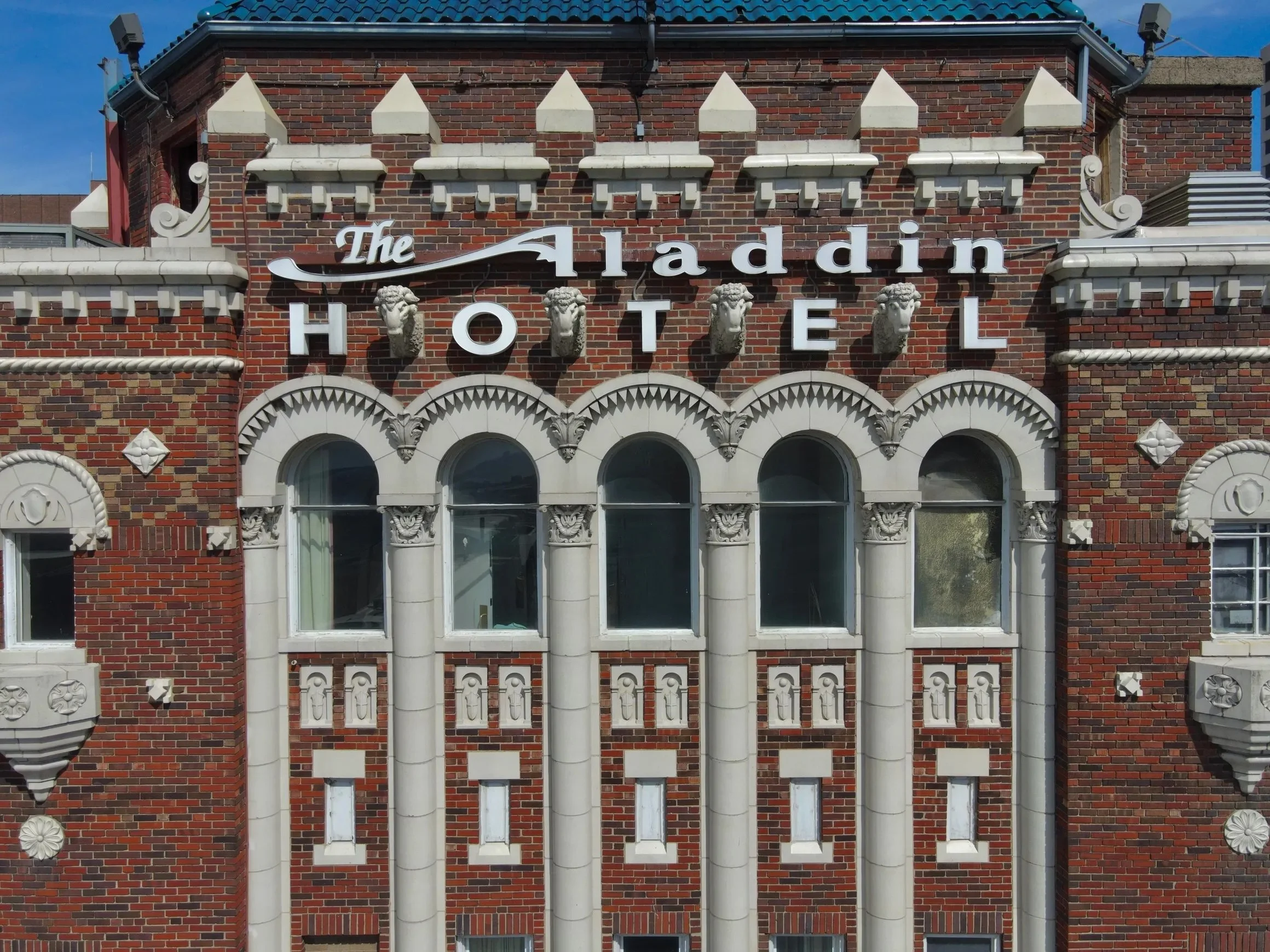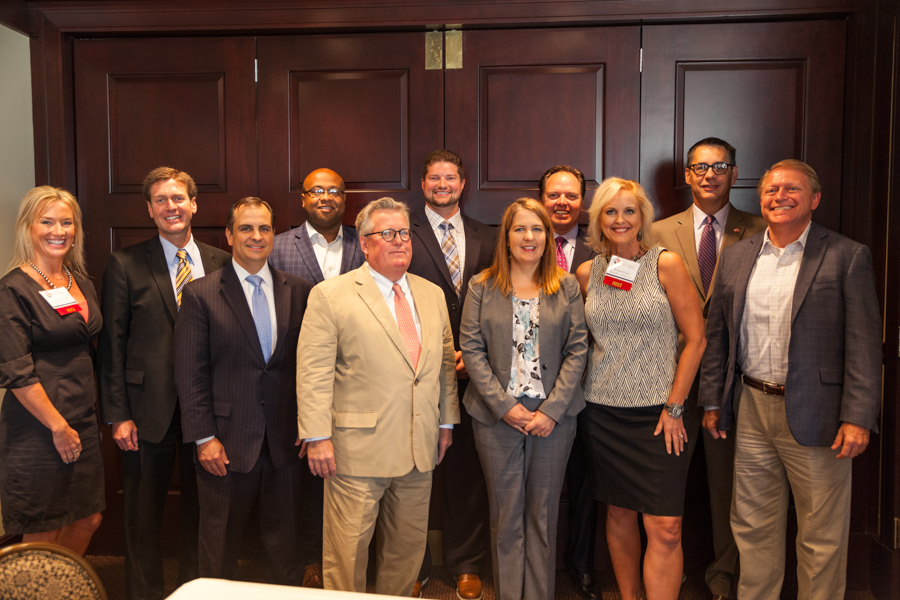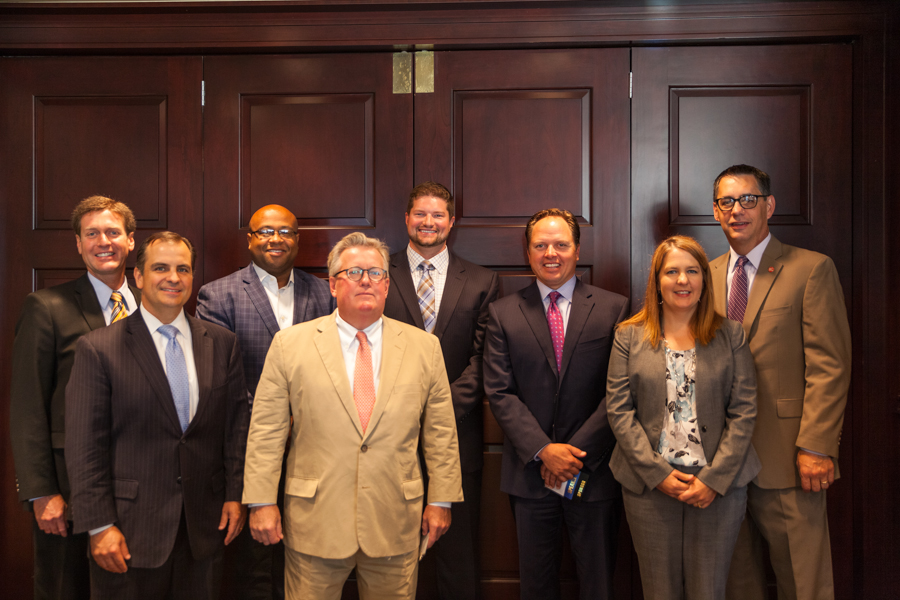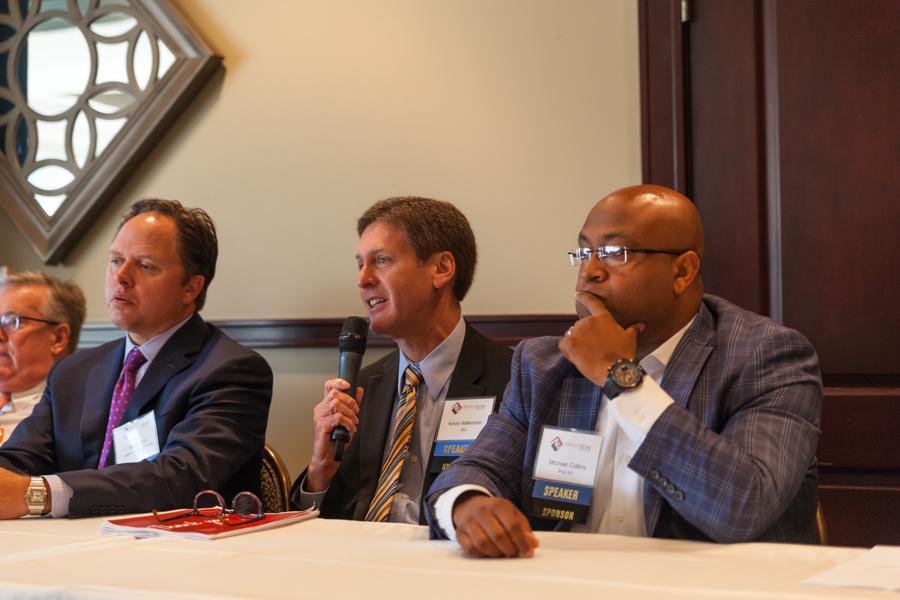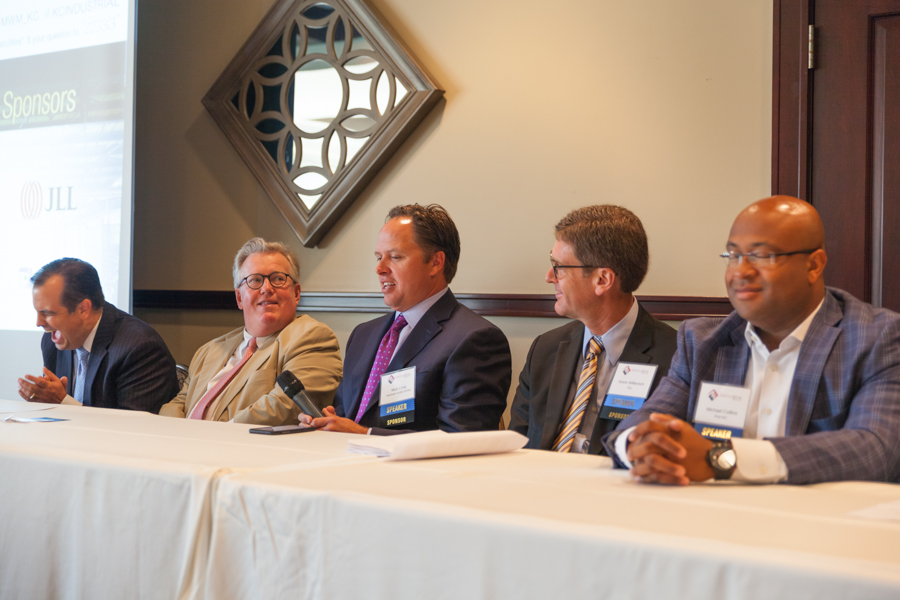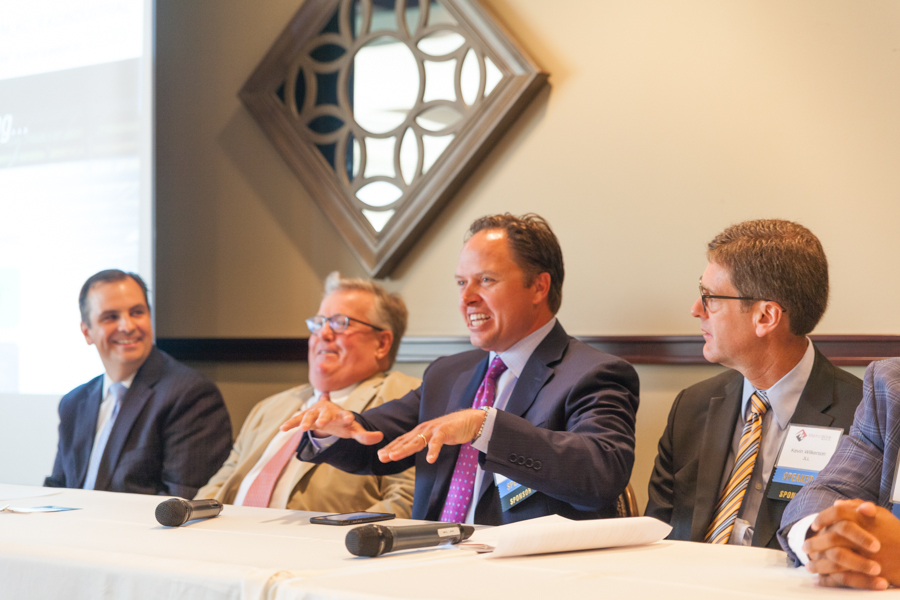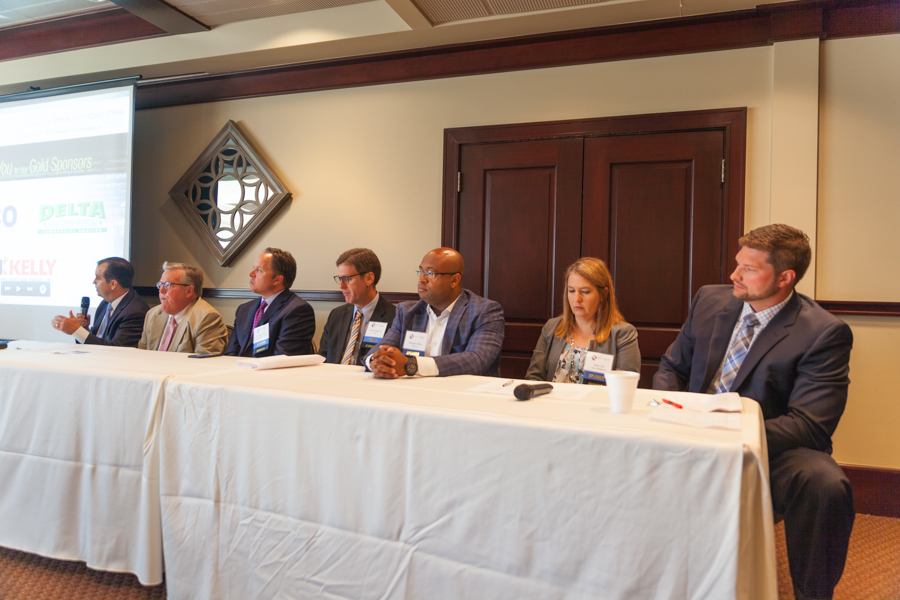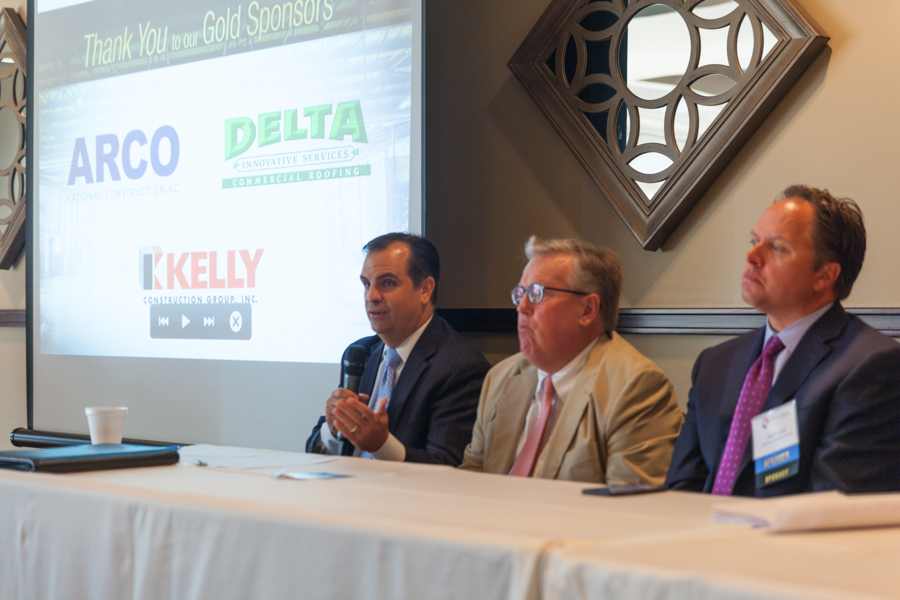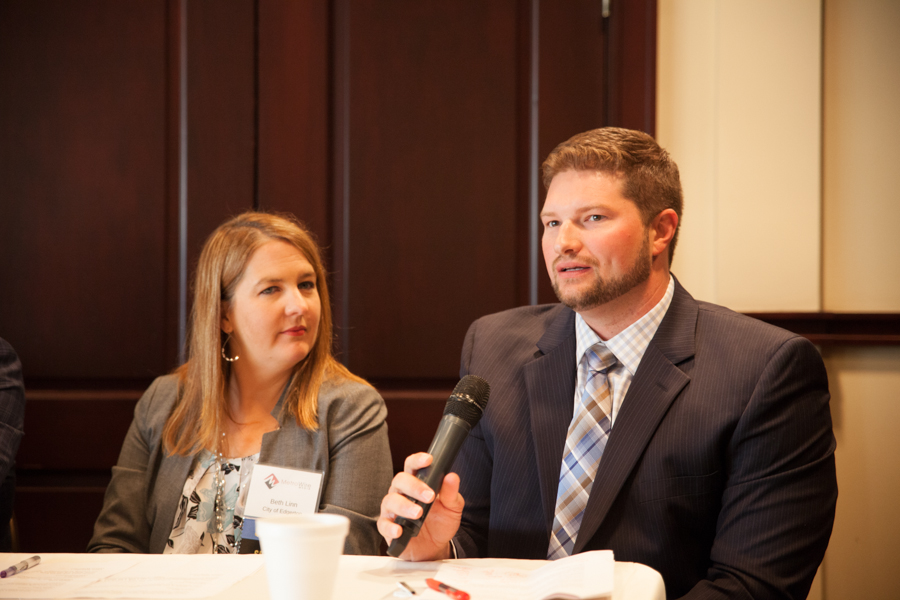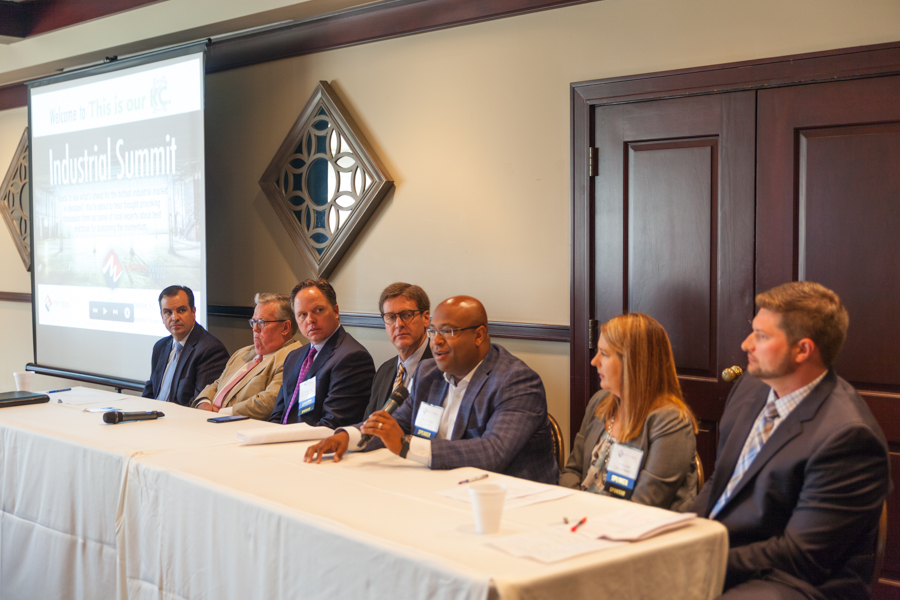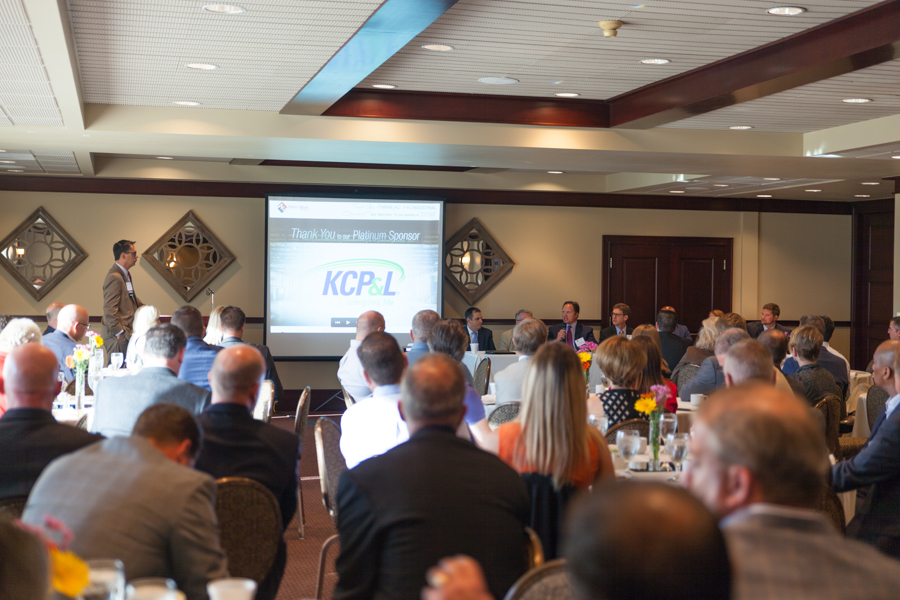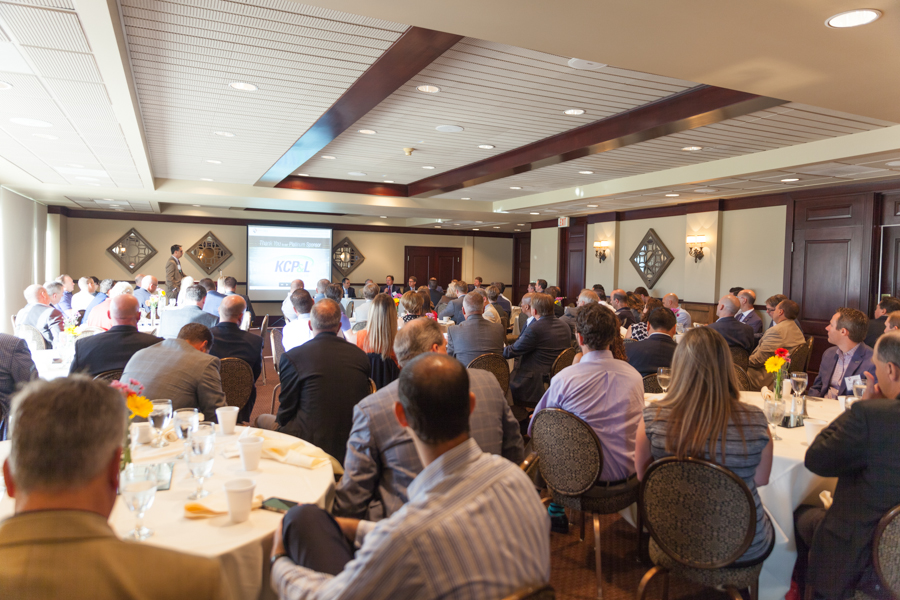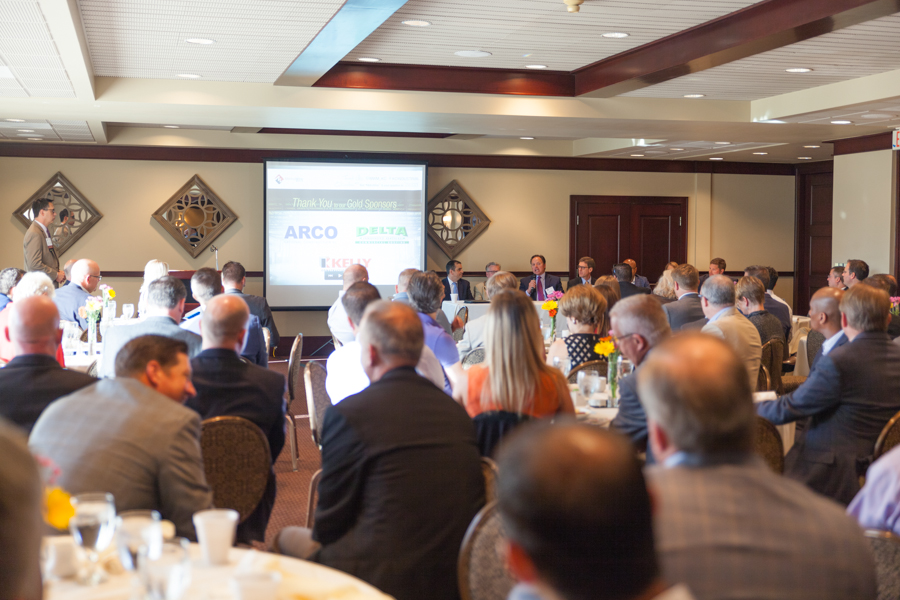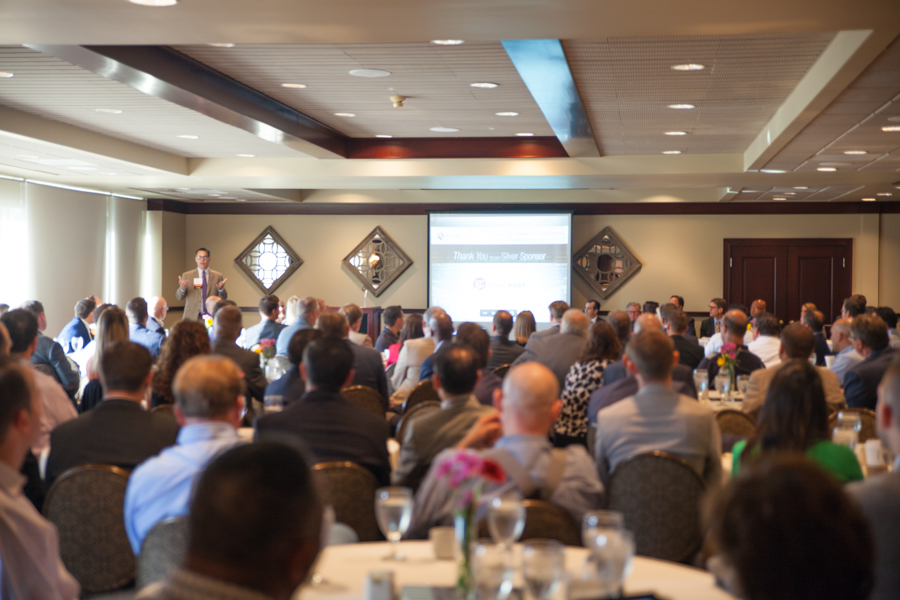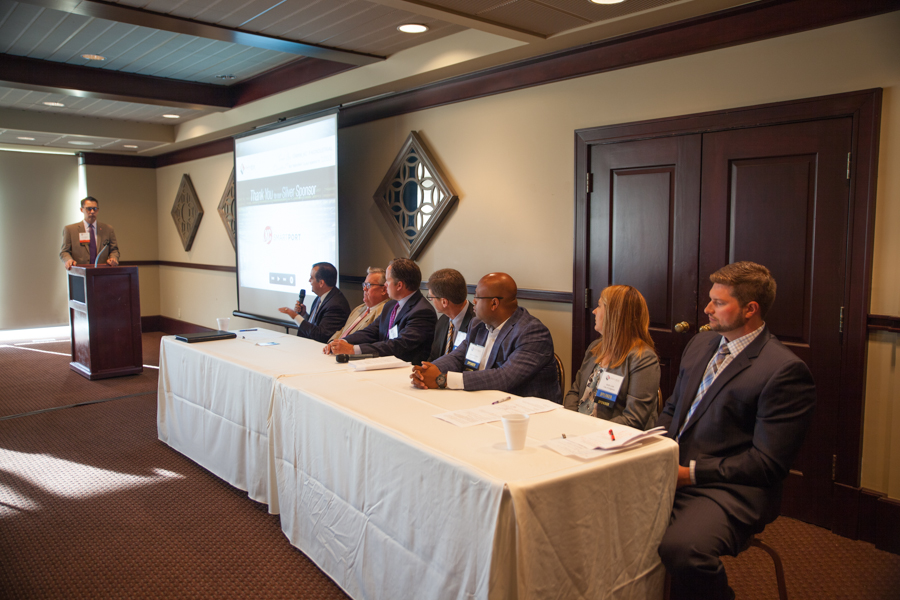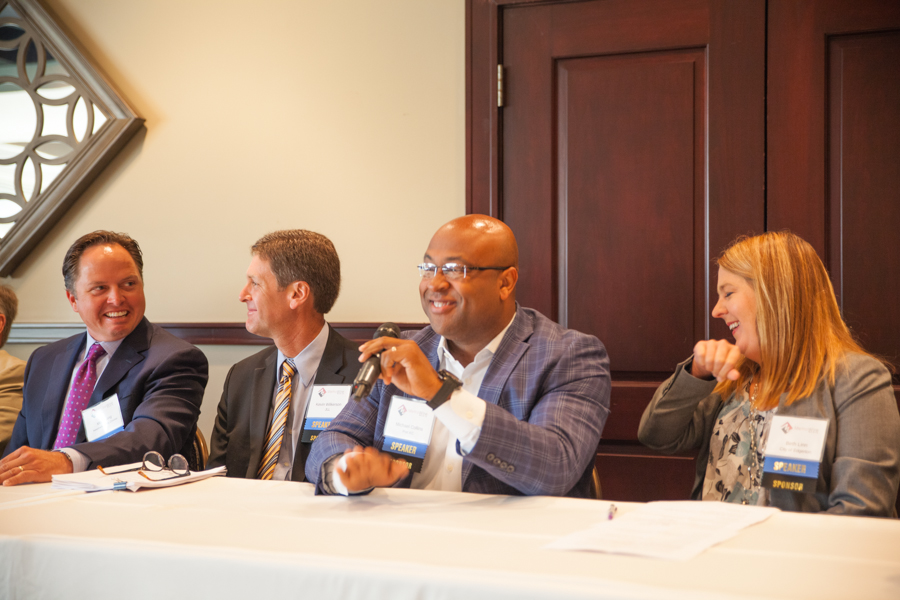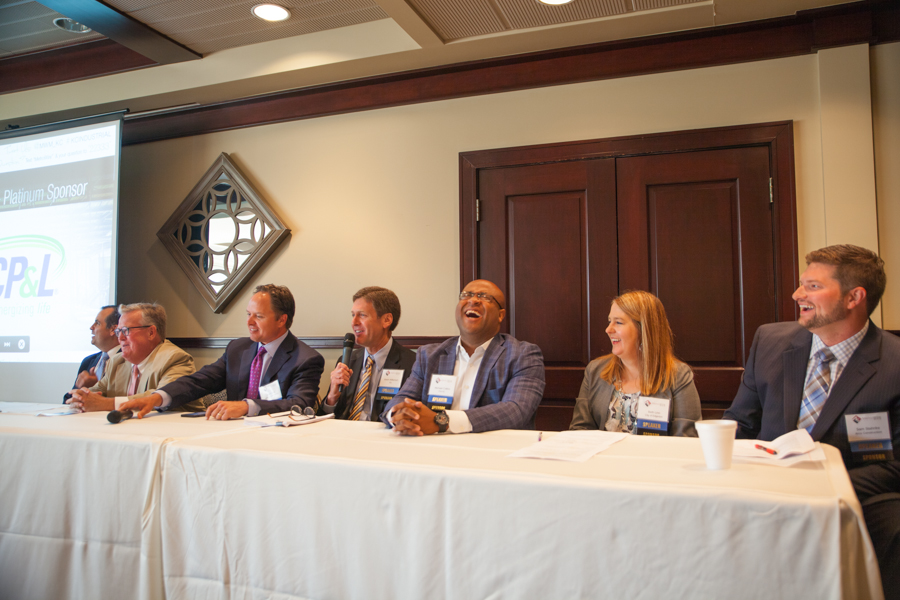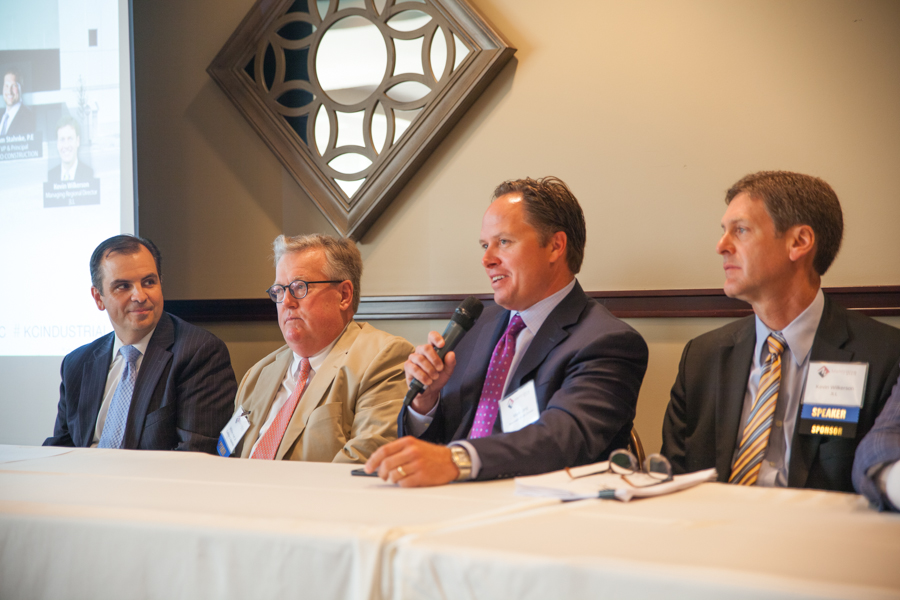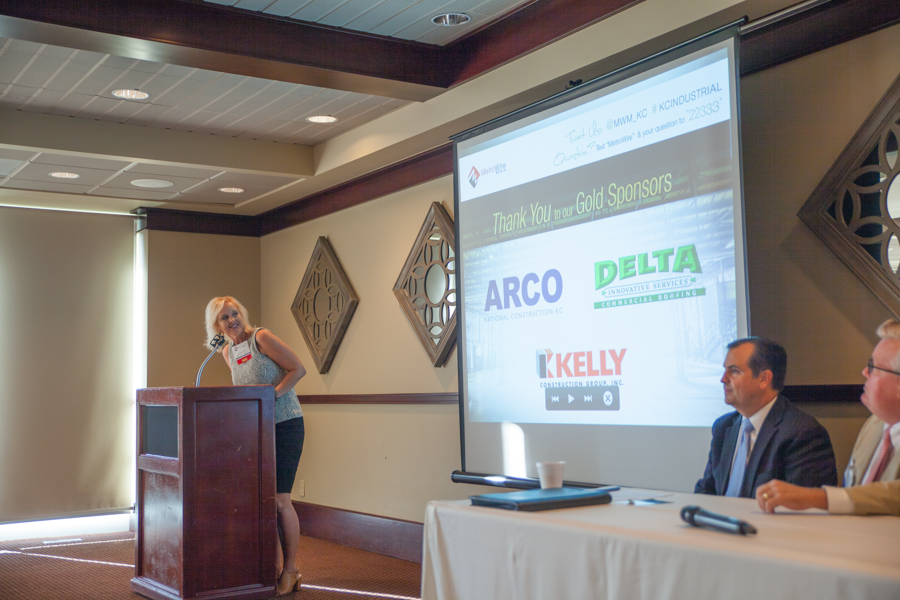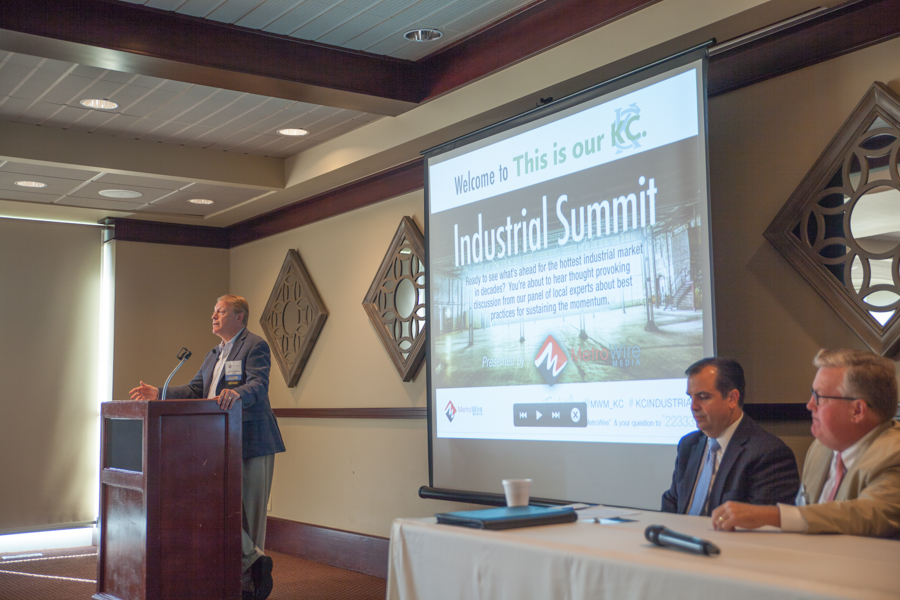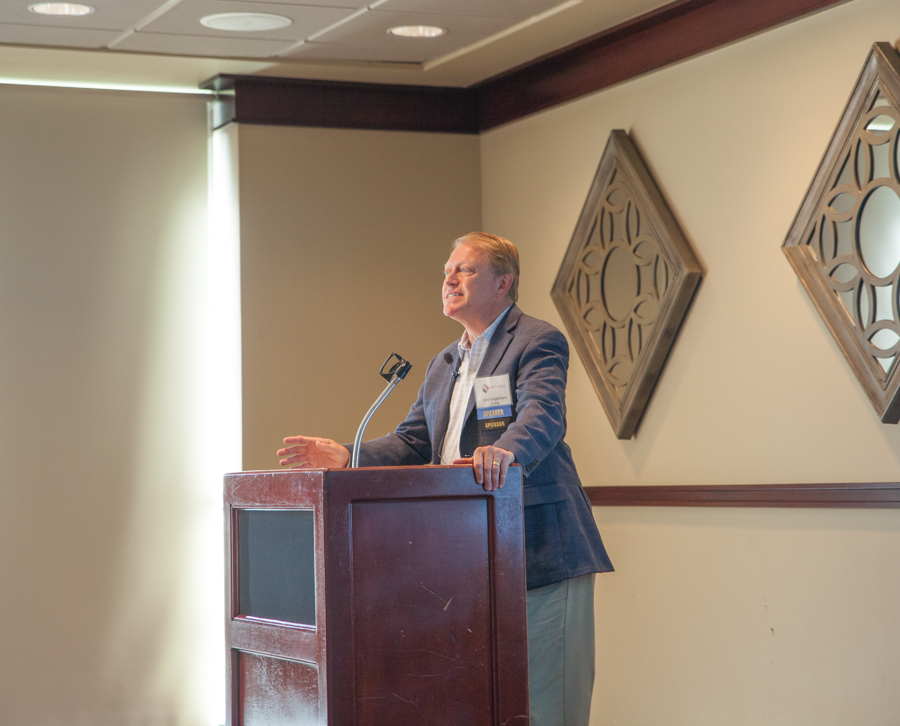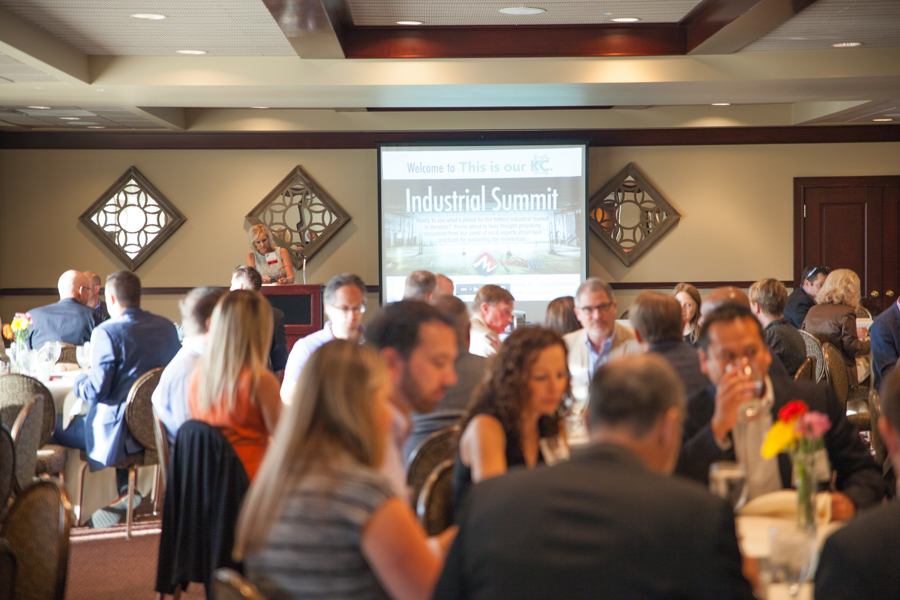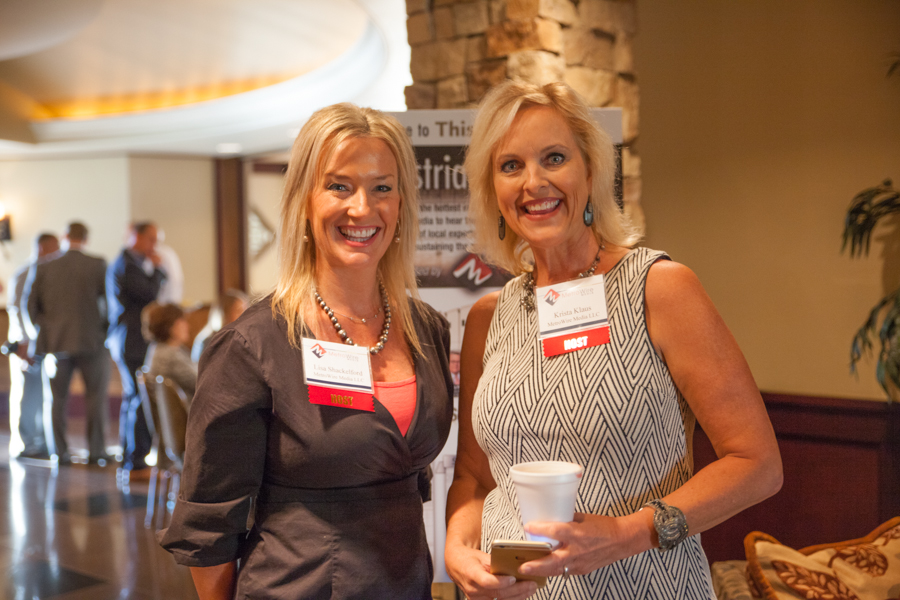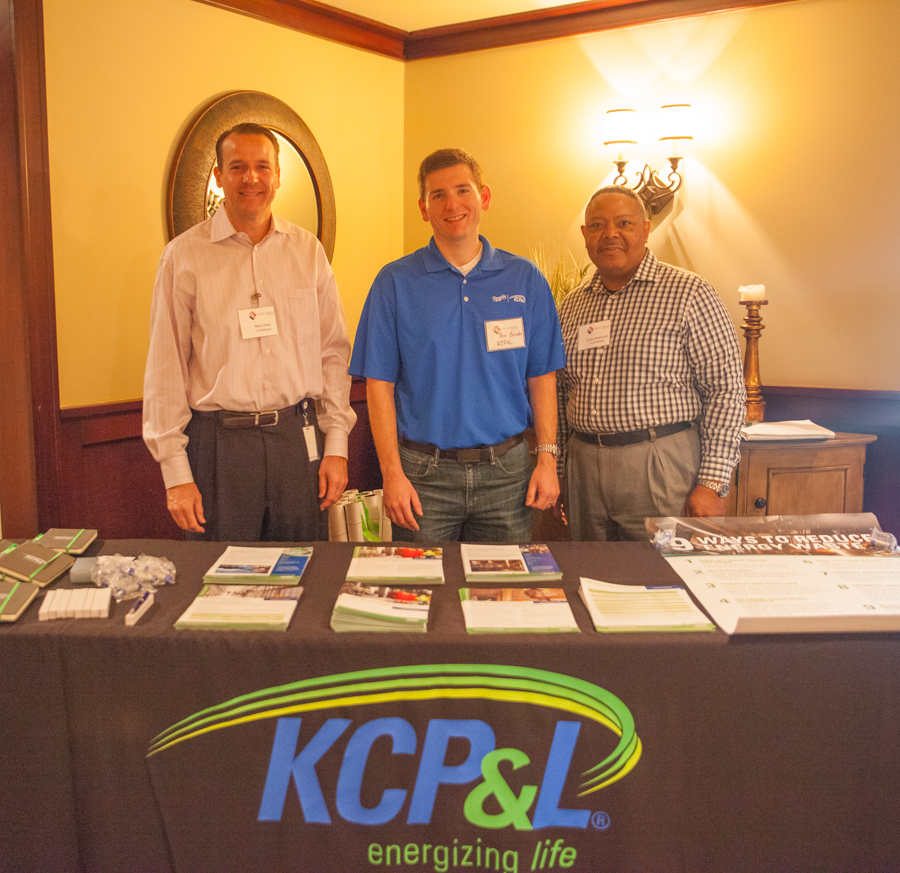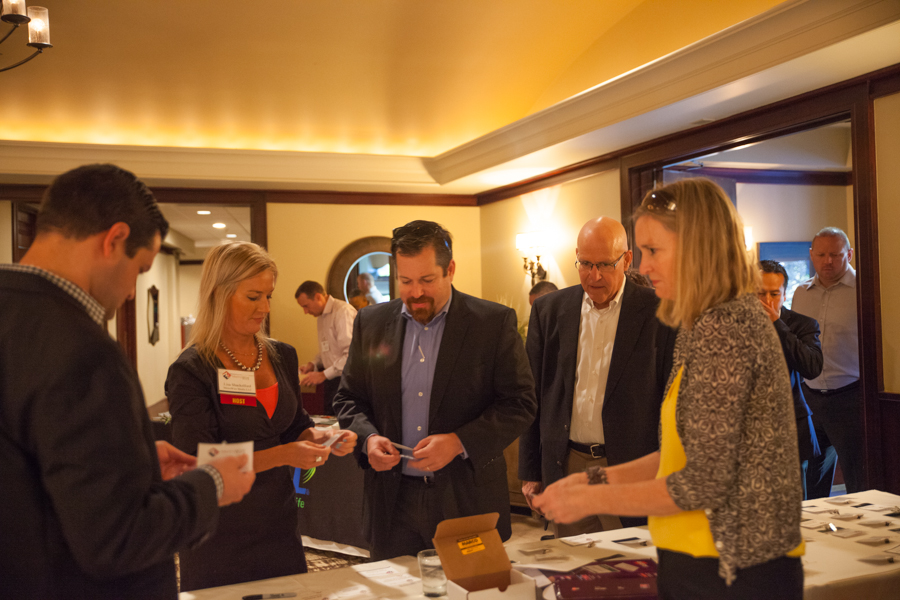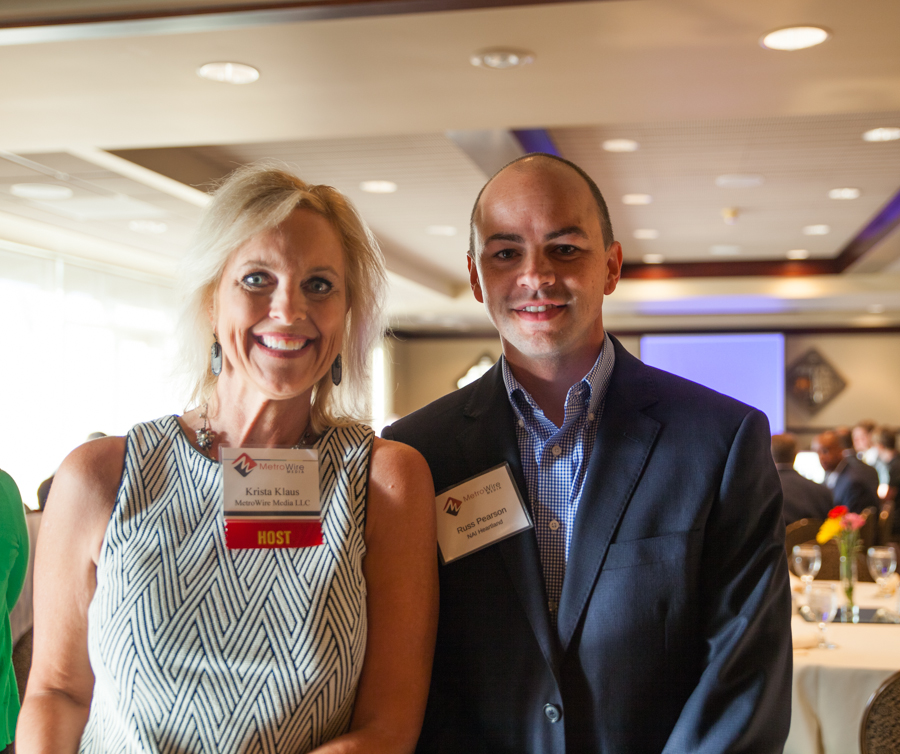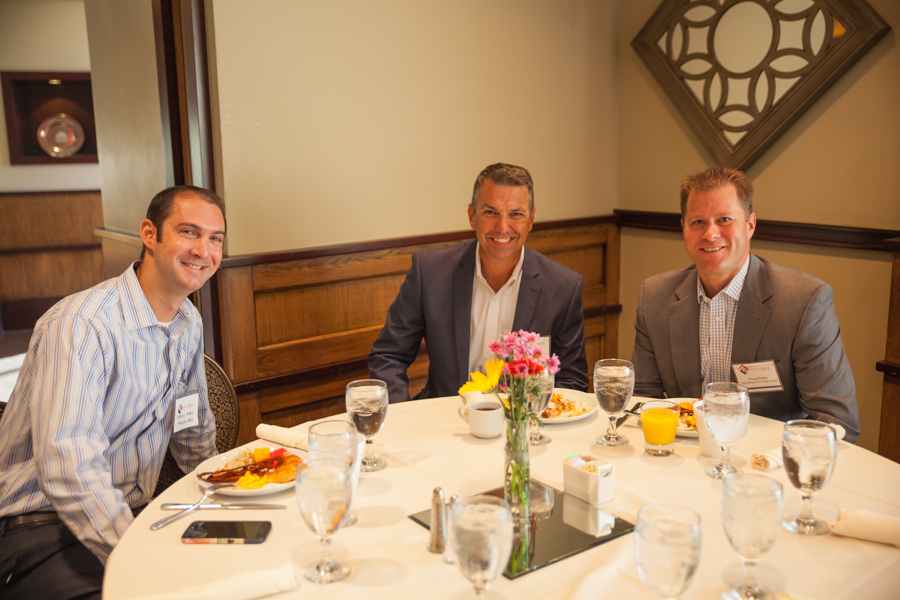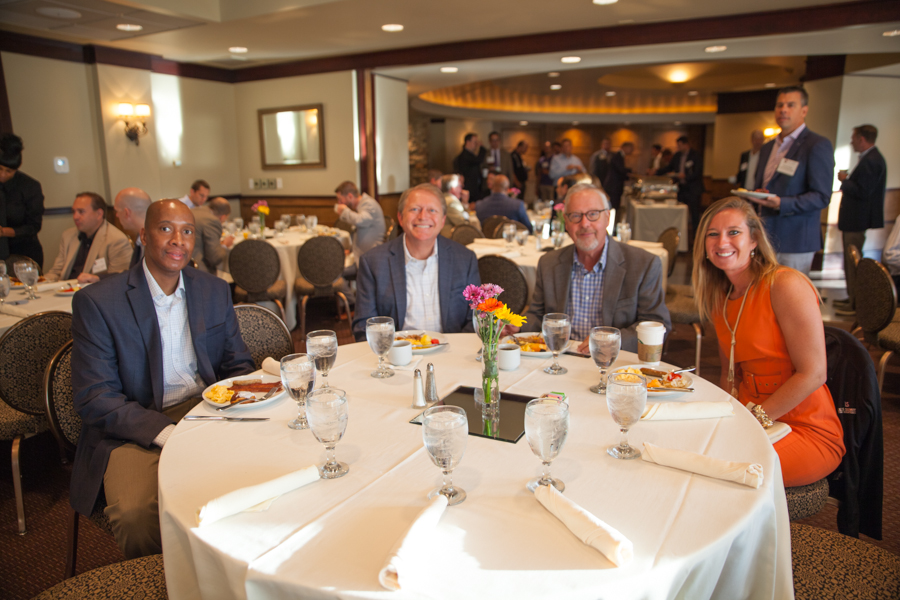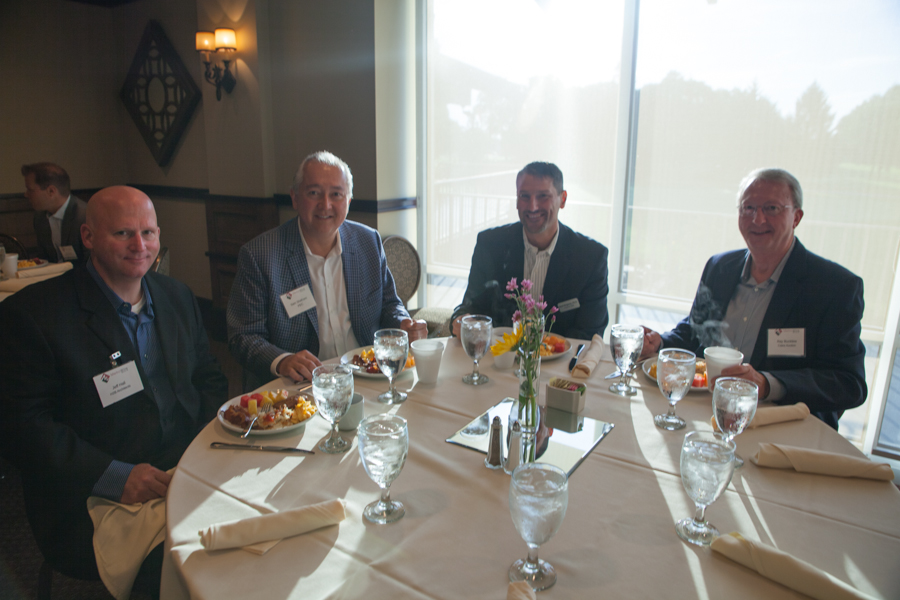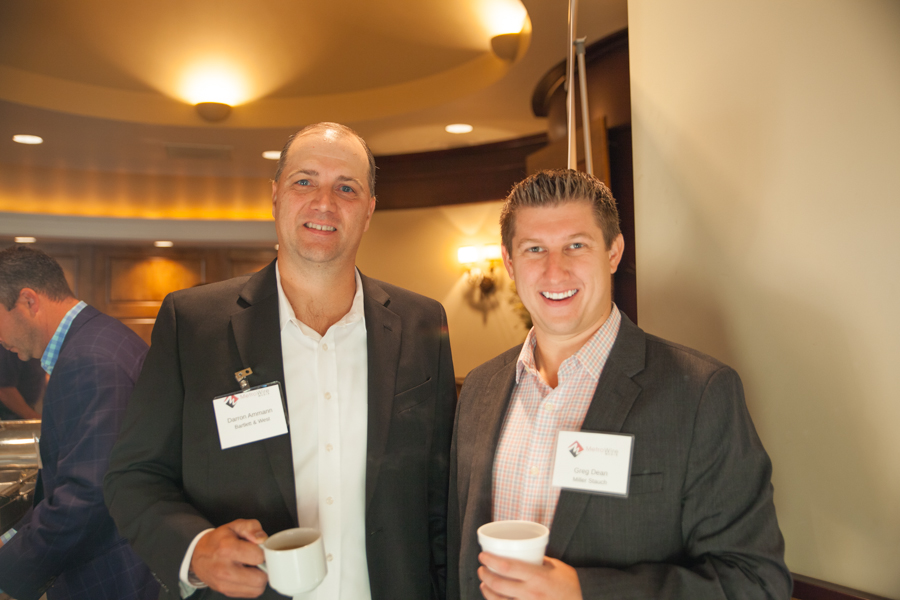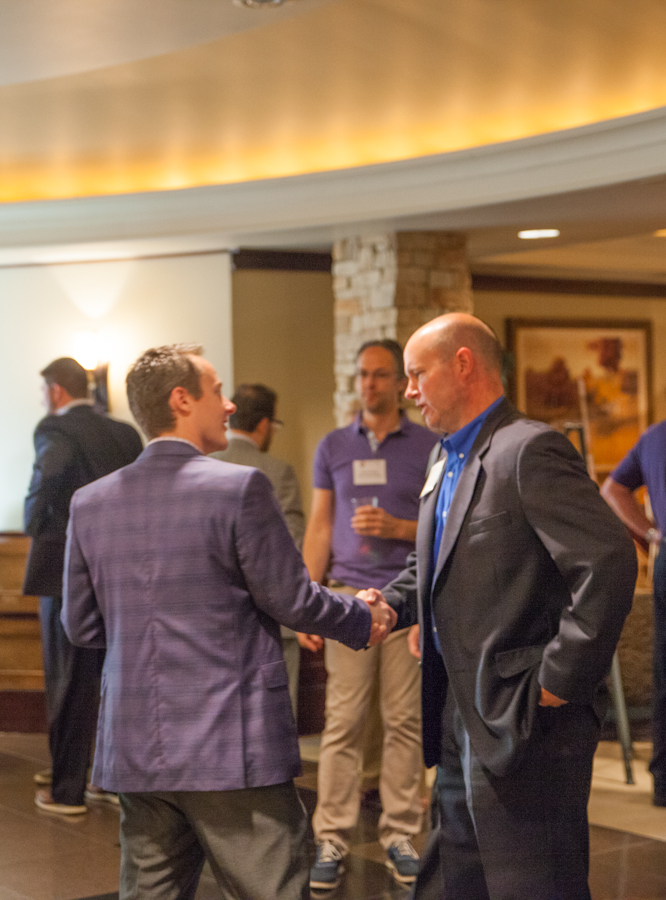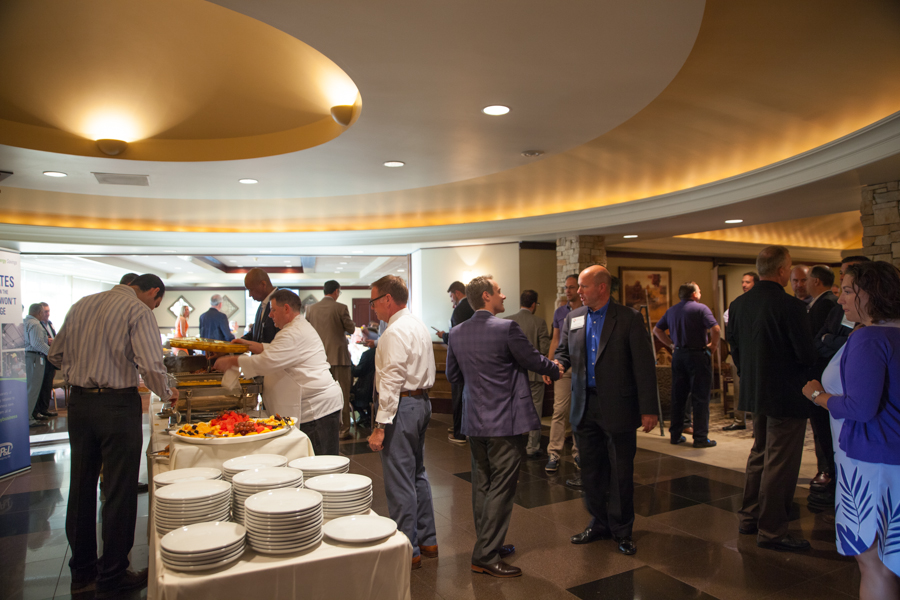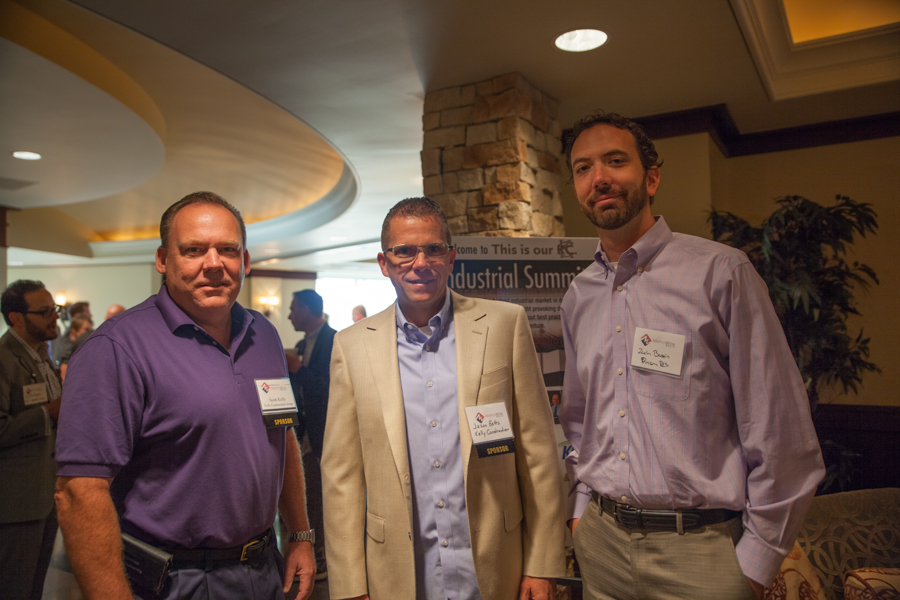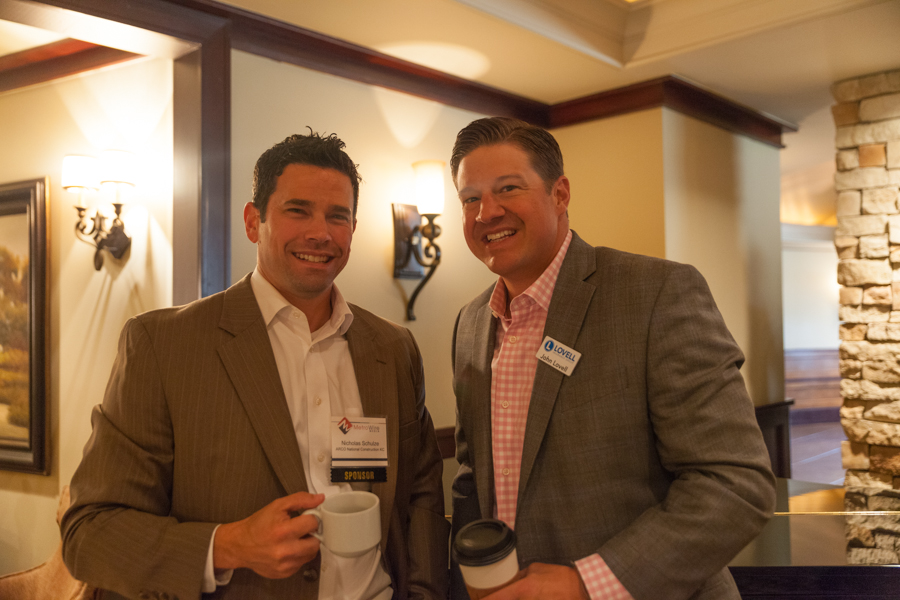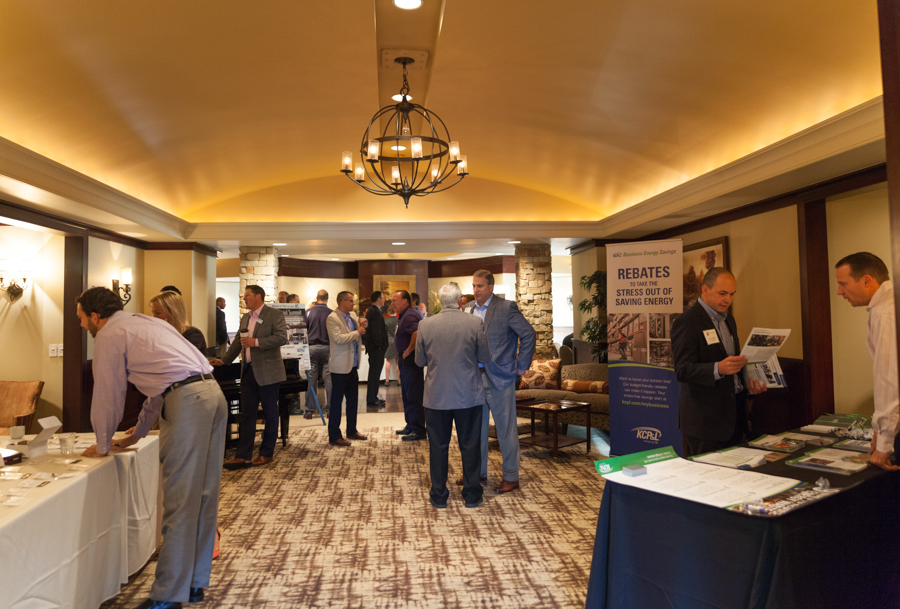The Leon Mercer Jordan Campus provides state-of-the-art facilities for Kansas City, Mo. police officers at the new East Patrol Division, as well as modernized resources to investigate crime at a new Regional Crime Lab. Located on Kansas City's east side, the 18-acre urban core redevelopment helped bring new life to an area desperate for revitalization.
“The police from the get-go saw this as an opportunity to do more than just a building. They knew they were building in a community that they wanted to connect to, and they knew this investment was going to be a catalyst for more development down the road,” said Helix Architecture + Design Principal Reeves Wiedeman. “This was a project that everybody’s intention was to get right, not just as a functioning police station but as something that the neighborhood in the end would feel connected to.”
Helix designed the East Patrol building to encourage community use, with police meeting space doubling as community rooms available to neighborhood groups in the evenings, as well as a gymnasium available to nearby residents.
The adjacent regional crime lab was designed to encourage maximum collaboration and transparency with glass offices but also features items of high interest and relevance on display, including a gun library with various firearms encased in glass.
“We developed the plan with offices in the middle… and circulation around the perimeter of the offices, so on tours you can see into every lab,” said Julie Wellner of Wellner Architects, which designed the crime lab’s interior. “We thought, ‘what would make this the most flexible and best use of the land and also help the actual processes that happen with evidence throughout the building.' ”
The project included lofty goals for minority and women-based enterprises, as well as Section 3 contractors.
“We worked hard to make sure to makes sure we met the goals and delivered a high-quality project, so it was a process,” said Jeff Blaesing, JE Dunn vice president.
The project team toured the country with the Kansas City, Missouri police department and crime lab officials to inform design and implementation: “We toured the best of the best because this was our opportunity to get it right,” Wiedeman said.
Project partners include: City of Kansas City, Mo., developer; Helix Architecture + Design, architecture services; Wellner Architects, architecture services; JE Dunn, generator contractor; Bob D. Campbell, engineering services; Taliaferro & Browne, engineering services; ME Group, engineering services; Custom Engineering, engineering services; Alexander Mechanical Contractors, contractor.


